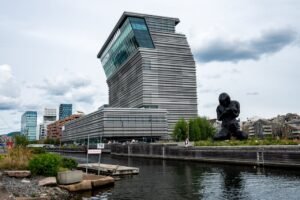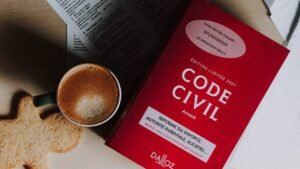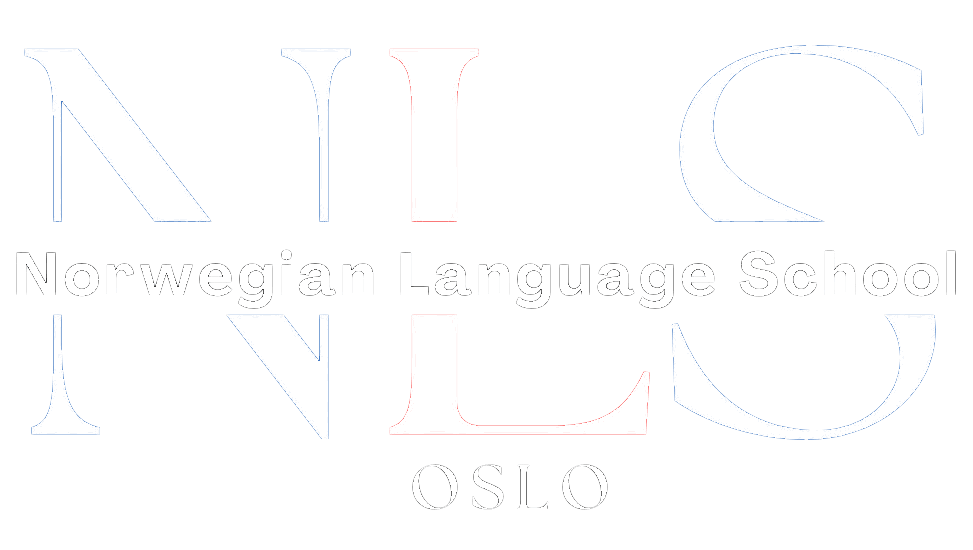

How to Discuss a Balanced Diet in Norwegian
Table of Contents
ToggleIntroduction
Discussing health and nutrition is a universal conversation, regardless of language. In Norway, like in every other country, people strive to eat a balanced diet for good health. Here’s how you can discuss the topic of a balanced diet in Norwegian. Remember that conversations about diet should always be approached respectfully and considerately, taking into account individual dietary needs and preferences.
Understanding the Language
The term ‘a balanced diet’ translates to ‘et balansert kosthold’ in Norwegian. ‘Balansert’ means balanced, and ‘kosthold’ is diet. If you want to ask someone if they have a balanced diet, you would say, “Har du et balansert kosthold?”
Discussing the Food Groups
Here are the main food groups in Norwegian:
- Fruits and Vegetables: ‘Frukt og grønnsaker’
- Proteins: ‘Proteiner’
- Carbohydrates: ‘Karbohydrater’
- Fats: ‘Fett’
- Dairy: ‘Meieriprodukter’
- Grains: ‘Kornprodukter’
- Sugars: ‘Sukker’
For example, you might say “Du bør spise mer frukt og grønnsaker” which means “You should eat more fruits and vegetables.”
Talking about Nutritional Values:
- Calories: ‘Kalorier’
- Vitamins: ‘Vitaminer’
- Minerals: ‘Mineraler’
- Fibre: ‘Fiber’
If you want to discuss the importance of nutritional values, you can say “Det er viktig å få nok vitaminer og mineraler i kostholdet ditt,” which means “It is important to get enough vitamins and minerals in your diet.”
Portion Sizes
In Norwegian, ‘portion size’ translates to ‘porsjonsstørrelse’. If you wanted to suggest someone to control their portion sizes, you could say, “Det kan være bra å redusere porsjonsstørrelsene dine,” which means, “It can be good to reduce your portion sizes.”
Balanced Meal
If you’re discussing specific meals and how to balance them, the word ‘a meal’ translates to ‘et måltid’ in Norwegian. For example, “Et balansert måltid inkluderer proteiner, karbohydrater og fett,” which means “A balanced meal includes proteins, carbohydrates, and fats.”
Physical Activity
Diet discussions often go hand-in-hand with conversations about exercise. ‘Physical activity’ is ‘fysisk aktivitet’ in Norwegian. For instance, “Fysisk aktivitet og et balansert kosthold går hånd i hånd,” translates to “Physical activity and a balanced diet go hand in hand.”
Conclusion
When discussing diet and nutrition in a different language, it’s essential to understand that country’s cultural context and dietary habits. For instance, fish, especially salmon, is a staple in Norwegian diets, so ‘fisk’ (fish) would be a common topic. Remember, talking about diet and health should always respect personal choices and medical conditions.
Learning to discuss a balanced diet in Norwegian can help you engage in rich and meaningful conversations about health and well-being, deepen your understanding of Norwegian culture, and perhaps even inspire you to try some new, healthy Norwegian recipes!
FAQs about Discussing Balanced Diet in Norwegian
- What is the Norwegian word for ‘Balanced diet’? The Norwegian phrase for ‘balanced diet’ is ‘balansert kosthold’.
- How do I talk about food groups in Norwegian? The main food groups in Norwegian are:
- Fruits and Vegetables: ‘Frukt og grønnsaker’
- Proteins: ‘Proteiner’
- Carbohydrates: ‘Karbohydrater’
- Fats: ‘Fett’
- Dairy: ‘Meieriprodukter’
- Grains: ‘Kornprodukter’
- Sugars: ‘Sukker’
- How can I discuss nutritional values in Norwegian? Here are the translations for discussing nutritional values:
- Calories: ‘Kalorier’
- Vitamins: ‘Vitaminer’
- Minerals: ‘Mineraler’
- Fibre: ‘Fiber’
- What is the term for ‘portion sizes’ in Norwegian? The term for ‘portion sizes’ in Norwegian is ‘porsjonsstørrelse’.
- How do I talk about a balanced meal in Norwegian? You can say, “Et balansert måltid inkluderer proteiner, karbohydrater og fett,” which means “A balanced meal includes proteins, carbohydrates, and fats.”
- How is ‘physical activity’ translated in Norwegian? ‘Physical activity’ is translated as ‘fysisk aktivitet’ in Norwegian.
- What are common foods in the Norwegian diet? Common foods include fish (especially salmon), potatoes, grains, and a variety of dairy products. These would be common topics when discussing a balanced diet in Norway.
- What should I keep in mind while discussing diet in Norwegian? While discussing diet in Norwegian, remember to respect personal dietary choices, medical conditions, and cultural practices. Also, bear in mind that dietary habits may vary regionally within Norway.
- Can learning to discuss a balanced diet help me understand Norwegian culture better? Discussing diet can offer insights into a country’s cuisine, lifestyle, and health habits, providing a deeper understanding of the culture.
If you want to learn Norwegian, you can register for classes here. If you want to check your Norwegian level for free, you can do that here. We look forward to hearing from you and helping you become fluent in Norwegian!

Norwegian A1-A2
Course Overview The Norwegian A1-A2 course is an online program focused on teaching essential Norwegian grammar and vocabulary. It includes a variety of materials and topics, with opportunities to interact with a Norwegian teacher entirely online. Curriculum Highlights The course covers key areas such as grammar and vocabulary and topics such as family, daily life, education, work, traditions, and leisure activities. Who Should Enroll? This course is perfect for beginners or those at the A1 or A2 levels who want to improve their Norwegian skills. What You Get Access to the full Norwegian A1-A2 course. A monthly 1-hour online conversation with a teacher. Many written and oral assignments. Comprehensive information on Norwegian grammar, Norwegian vocabulary and how to use them, important sentence structures, etc. Tips on additional resources to further enhance your Norwegian learning.
0 students enrolled
Last updated Dec 10th, 2024
If you want to learn Norwegian, you can register for classes here. We look forward to hearing from you and helping you become fluent in Norwegian.






